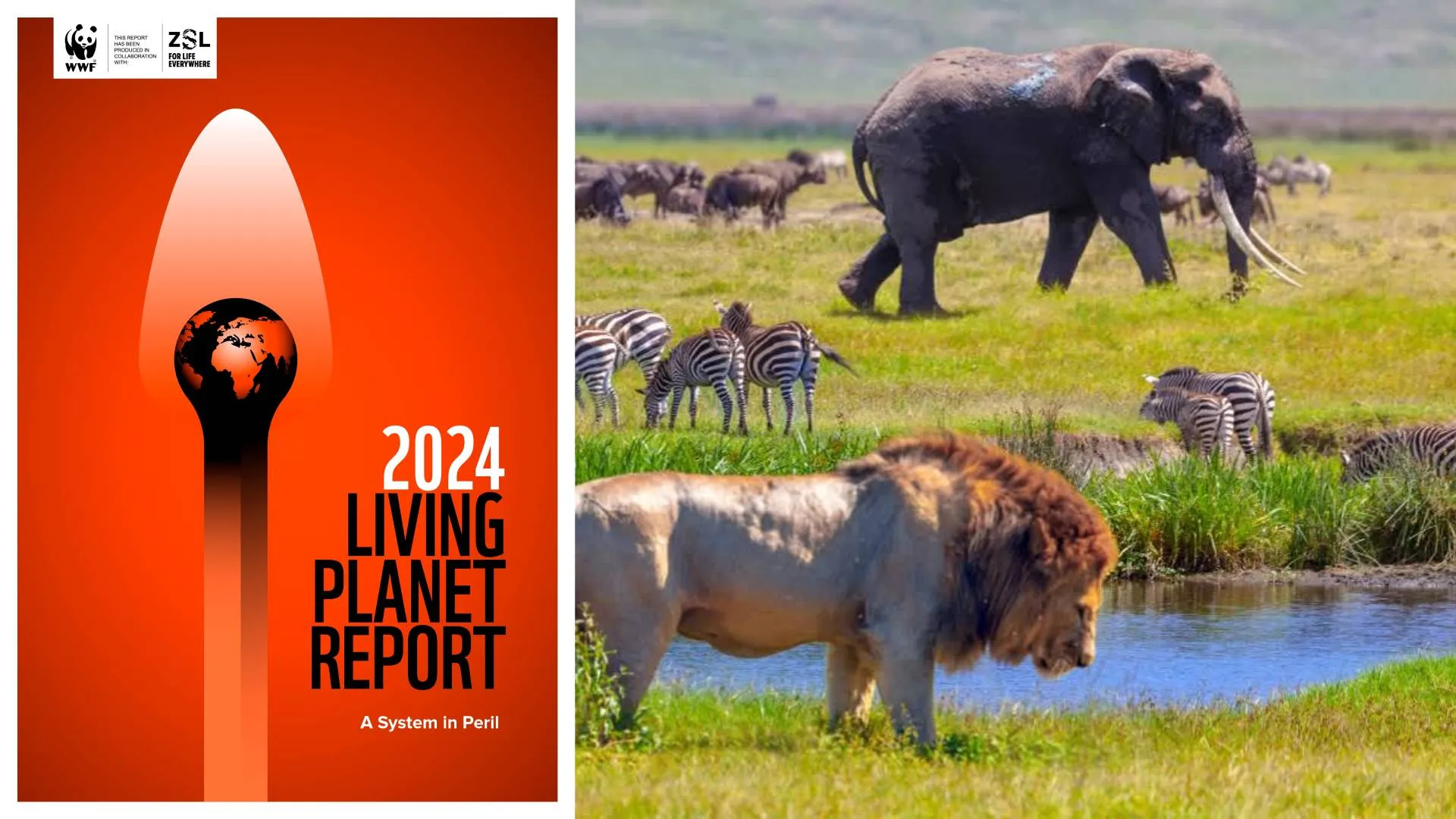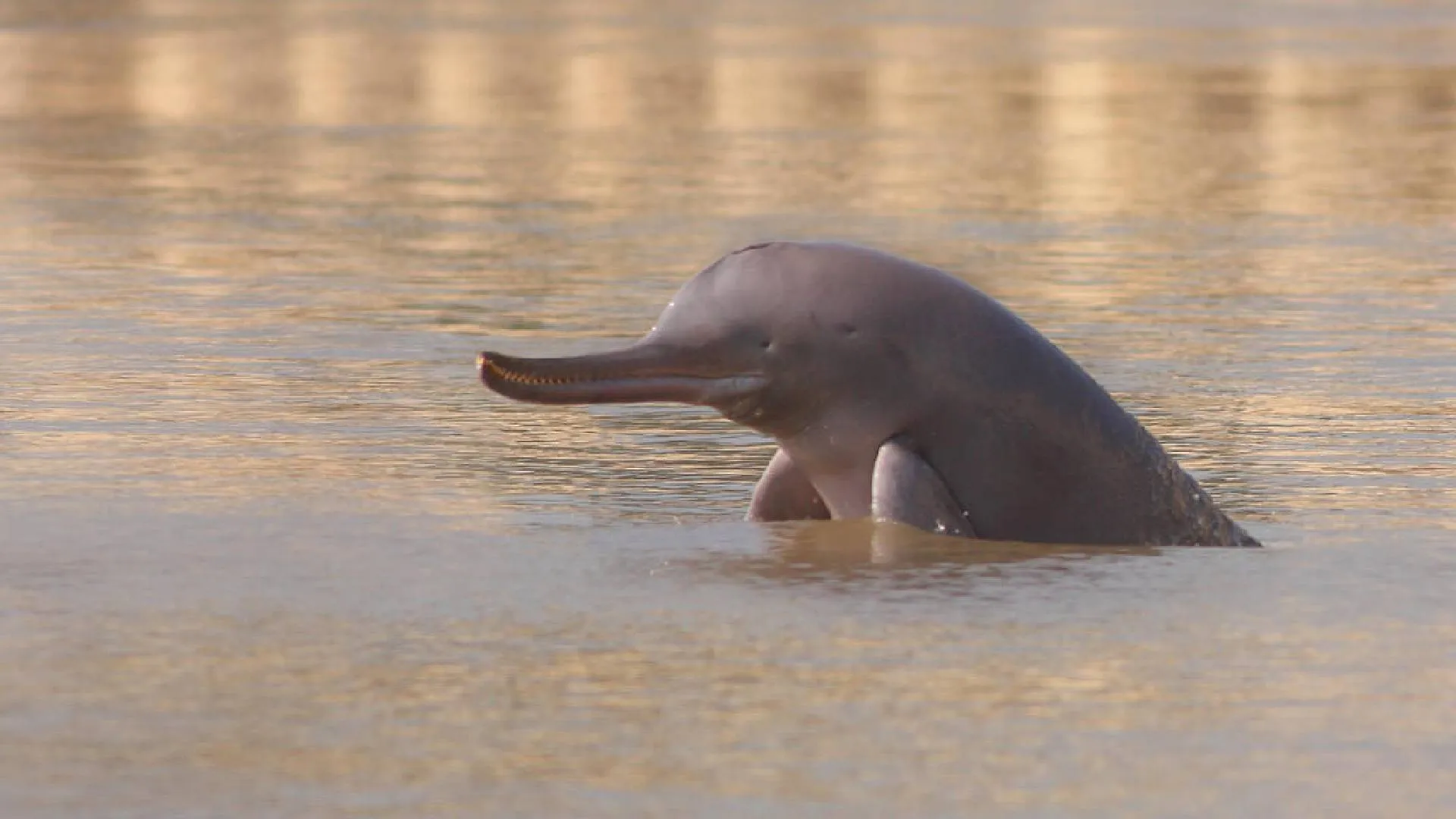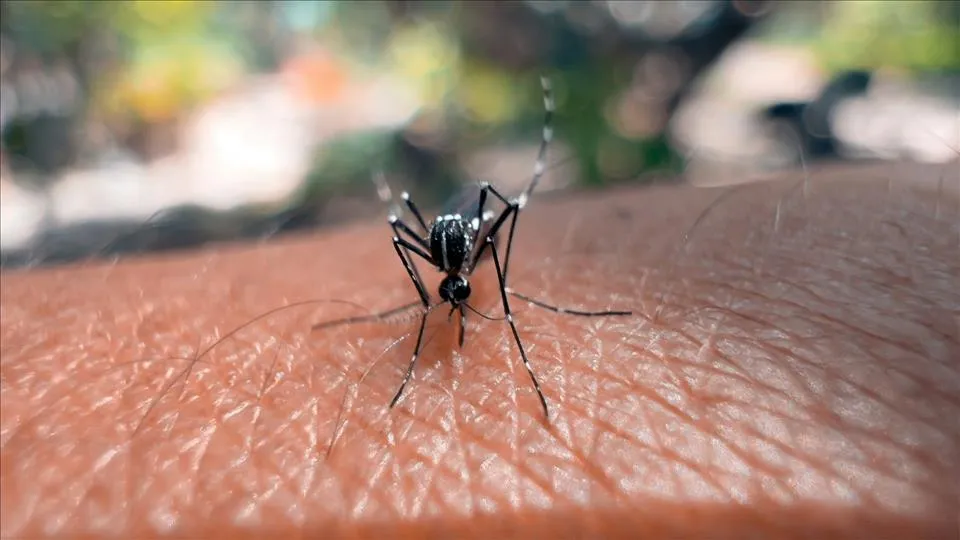The Living Planet Report 2024, released by the World Wildlife Fund (WWF), paints a bleak picture of the state of global biodiversity, providing a stark warning for the future of wildlife on our planet. According to the report, the average size of wildlife populations monitored over the past 50 years (1970-2020) has experienced a staggering 73% decline. This dramatic drop, as measured by the Living Planet Index (LPI), reflects the devastating impact of human activities on the natural world.
The data for this report is drawn from nearly 35,000 individual wildlife population trends spanning 5,495 species of amphibians, birds, fish, mammals, and reptiles. These species represent a diverse range of ecosystems and habitats, from lush tropical rainforests to arid deserts, and from marine environments to freshwater rivers. The alarming decline is not limited to one specific region or habitat but is a global issue that transcends geographical boundaries.
Freshwater Populations Hit Hardest
Freshwater populations have suffered the most severe declines, plummeting by 85%, followed by terrestrial (69%) and marine populations (56%). The regional analysis highlights the fastest declines in Latin America and the Caribbean, with a concerning 95% drop. Africa has seen a 76% decline, and Asia and the Pacific have experienced a 60% reduction. In contrast, Europe and Central Asia (35%) and North America (39%) have witnessed less dramatic declines, partly due to earlier large-scale impacts on nature and subsequent conservation efforts.
Key Threats to Wildlife
Habitat degradation and loss, primarily driven by our food system, are the most significant threats in each region. Other critical threats include overexploitation, invasive species, disease, climate change (particularly in Latin America and the Caribbean), and pollution (notably in North America and Asia and the Pacific).
Despite 30 years of policy interventions aimed at halting nature loss, the declines have continued. The global LPI 2024 shows an average annual decline of 2.6%, indicating a nearly three-quarters reduction in monitored wildlife populations over 50 years. While some populations have stabilized or increased due to conservation efforts, the overall trend remains deeply concerning.
Urgent Need for Action
The Living Planet Report 2024 underscores the unrelenting pressure of the dual climate and nature loss crises and the urgent need for effective action to preserve our planet’s biodiversity. It serves as a dire reminder of the critical state of our natural world and the immediate necessity for sustainable solutions to protect and restore wildlife populations globally.
While the report reveals some shocking statistics, it also calls for urgent action to protect and restore biodiversity. Experts argue that addressing the root causes of biodiversity loss is essential to reversing this devastating trend. The report stresses the importance of safeguarding natural habitats, reducing carbon emissions, implementing sustainable agricultural practices, and strengthening conservation efforts to prevent further decline.























